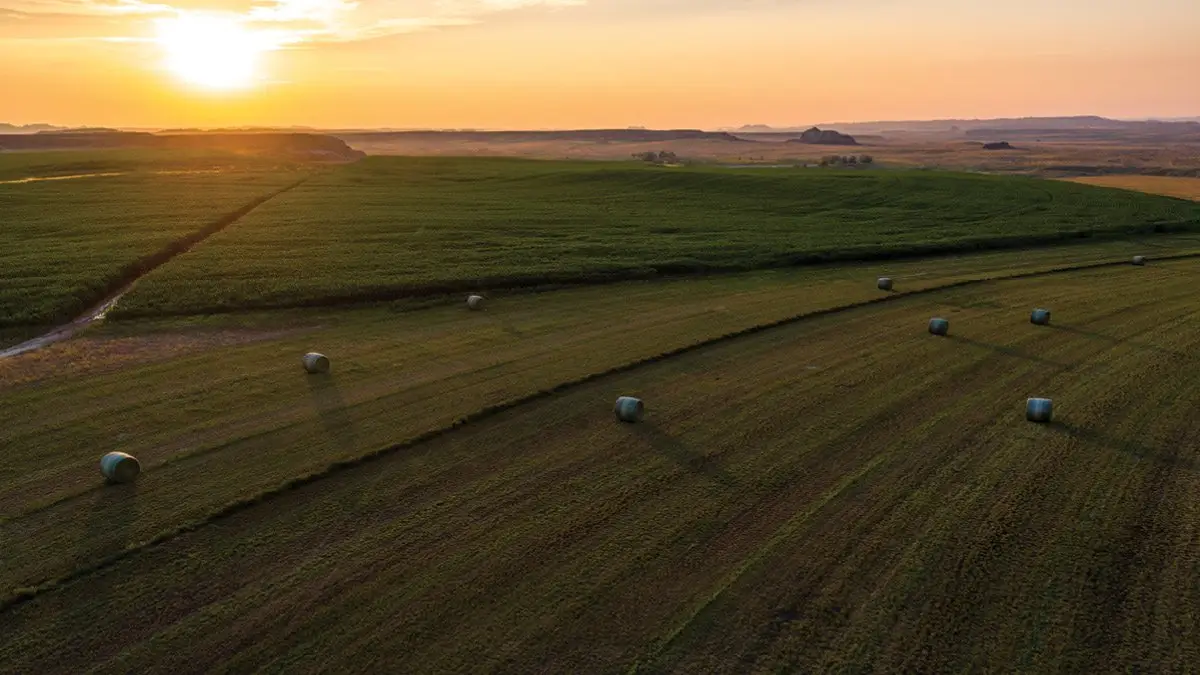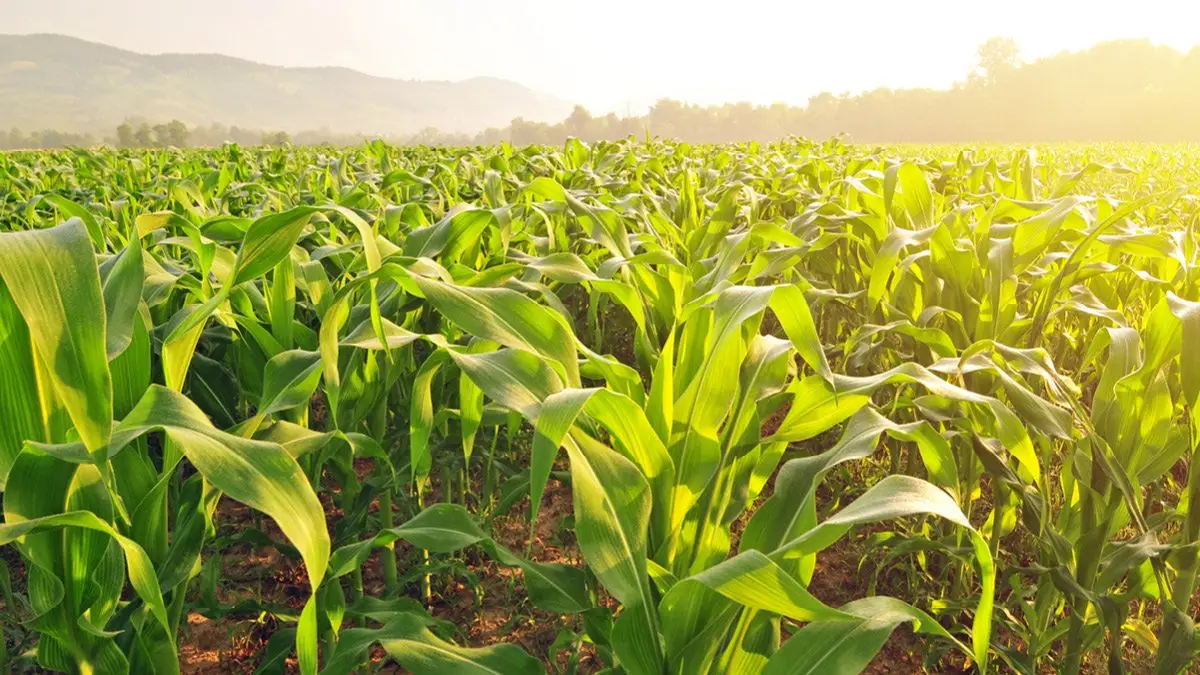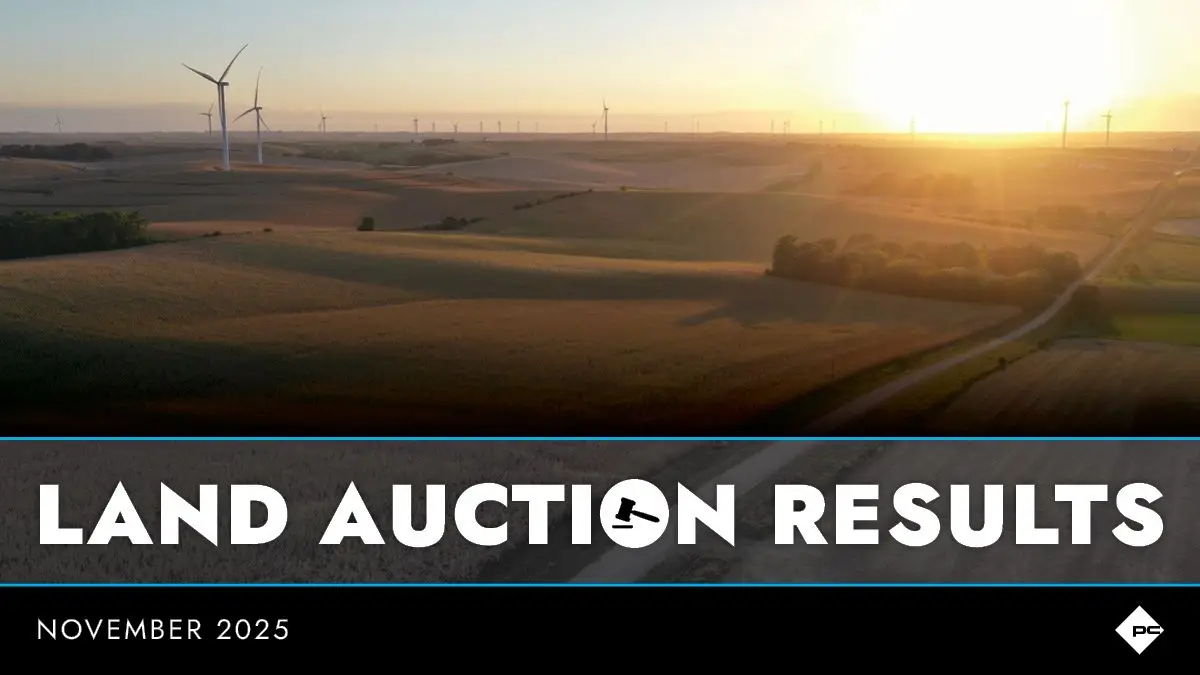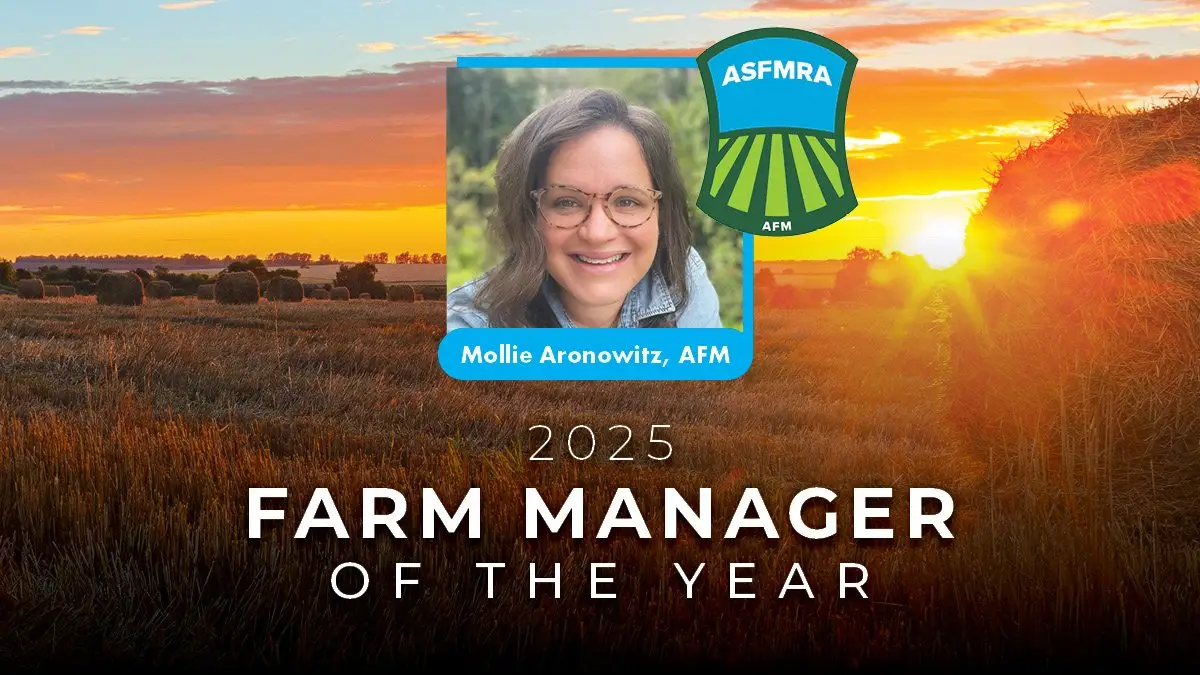As solar energy expands across rural America, landowners are increasingly receiving enticing offers to lease their land for solar development. When this happens, they are faced with a pivotal decision: lease their farmland for solar and lock in decades of stable income, or let the land appreciate as a traditional agricultural asset? Both pathways offer unique benefits, and it is important to make the choice that aligns with your specific goals. In this post, we will explore key factors farmland owners should consider and provide a framework to evaluate solar lease opportunities.
The Farmland Owner’s Dilemma
Landowners often balance income-generating strategies with long-term capital appreciation. Solar leases offer steady, predictable cash flow that is often well above typical farm rental rates, while farmland offers potential for compounding value over time. Understanding which delivers more value is critical to maximizing a landowner’s return on investment.
Understanding the Value of a Solar Lease
Solar leases are typically structured with base terms of 25–35 years with options to extend, often reaching 40 years or more. Payments are usually fixed with an annual escalator of 1.5% to 3% or are tied to the Consumer Price Index (CPI), which has increased by approximately 3.9% annually over the last 50 years. In many cases, the base solar lease rates are well above typical farmland rental rates generating $1,000 to $2,500 per acre annually. In addition to the reoccurring per-acre payments, a landowner can typically expect one-time payments such as a signing bonus, development fee, or construction payment. The size and type of these payments can vary depending on the specific terms of the lease and the solar developer involved.
Farmland as an Appreciating Asset
Farmland is widely regarded as an excellent long-term investment as it has a positive correlation with and often outperforms inflation. According to USDA national average cropland values, the 50-year average annual appreciation rate of cropland is approximately 5.9%. While this is a national average, farmland appreciation ranges widely from state to state. Quality farmland in regions with highly productive soils, access to water, crop optionality, or ability to grow high-value crops often exceed this average. This growth is driven by several long-term fundamentals: growing global demand for food, the ongoing loss of arable land due to urban expansion, rising productivity and commodity prices, and increasing interest from investors seeking real asset exposure.
The Comparison Framework
There are two frameworks we use to determine whether a landowner should lease their land for solar or hold it to capture the appreciation.
The first method is to compare what each choice is worth in today’s dollars. On one side, we can calculate the total projected income from a solar lease, including any annual payments, escalations, and one-time fees. To understand what those future payments are worth today, we apply a discount rate to adjust future income based on risk and opportunity cost. Key factors to consider when deciding on the discount rate are the reliability of the developer, the length of the lease, market conditions, and your own tolerance for risk. On the other side, we can estimate what the farmland might be worth in 50 years if it continues to appreciate steadily, then discount that future value to determine its present-day equivalent.
By comparing these two adjusted values, landowners get a clear, side-by-side view of which path offers greater long-term value. In many cases, solar leases deliver higher cash flow in the near term. But over time, especially in high-performing ag regions, the underlying land value can outpace lease income. Conversely, in areas where appreciation is modest and land values track closer to inflation, solar leases may offer a compelling way to boost income and maximize property value.
The second method we can use to evaluate each option would be looking at the exit capitalization rate or “exit cap rate.” The exit cap rate considers the income generating potential of a property relative to the resale value of the farm. In states such as Iowa that have strong income generating potential due to higher rental rates and an above average appreciation rate, the exit cap rate will be lower, which translates to a higher market value for the property.
In contrast, solar leases typically include lower annual escalators. This means the rental income will have a slower pace of growth, reducing the farm’s long-term income potential. As a result, some solar-leased farms often trade at higher exit cap rates, which implies a lower market value. This perspective highlights the importance of negotiating a competitive payment escalator into a solar lease.
Ultimately, understanding both the discounted income streams and the future market value through exit cap rates gives landowners a more complete financial picture that provides a foundation for choosing the strategy that best fits their land and long-term goals.
Making the Right Call
Deciding between a solar lease and long-term farmland appreciation is not a one-size-fits-all choice. It depends on the unique qualities of your land, your financial goals, and your timeline. Farmland in high-growth markets may yield greater returns over decades, while properties in slower-growth regions could benefit more from the steady income of a solar lease. By modeling both options and weighing factors like lease terms, developer track record, appreciation potential, and future income, landowners can make a well-informed decision.
If you would like help analyzing potential solar opportunities on your farm, please contact Peoples Company’s Energy Management team.







